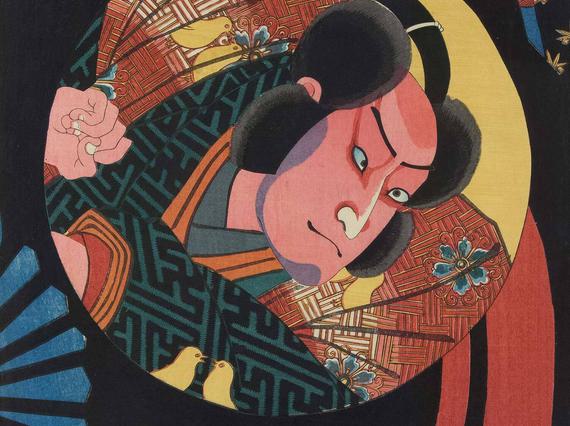
About Kabuki: Japanese Theatre Prints
This striking exhibition presented vivid depictions of Kabuki, the popular form of traditional, all-male Japanese theatre, from our Japanese woodblock print collection.
Woodblock prints were a cheap and colourful medium of entertainment, much like magazines and posters today. Their visual style will be familiar to fans of Manga comics, Japanese cinema and even Quentin Tarantino’s Kill Bill films. Publishing houses commissioned designs from the very greatest artists of the era, but the prints were affordable to the average person on the street.
In the 19th century, both men and women clamoured to acquire pictures of their favourite actor in the latest play. Such prints often sold in the thousands, creating an almost endless demand for new compositions from artists. The obsession with Kabuki actors led artists to take backstage scenes or life offstage as subject matter and so, in a loose parallel with modern candid publicity pictures in celebrity magazines, some prints portray actors out for a walk, dressed as ordinary people, or attending festivals. There are also representations of their cultural activities, participating in salons for poetry composition and calligraphy.
In all, National Museums Scotland holds approximately 4,000 Japanese woodblock prints. These were acquired in the 1880s, at the peak of the craze for Japanese art and design in Europe (known as Japonisme). The collection is concentrated on the nineteenth century, the period of greatest expansion of the medium. The exhibition represented the finest examples in the collection and included many precious and rarely seen examples.
The time span of the exhibition (1830s–1870s) also encompassed a period of significant unrest culminating in the collapse of the feudal system in 1868, followed by a period of modernisation and social reform. The later prints reflect these changes, in the style and themes and also in the introduction of new technology and dyes which expanded the possibilities for artists and publishers.
Exhibition highlights
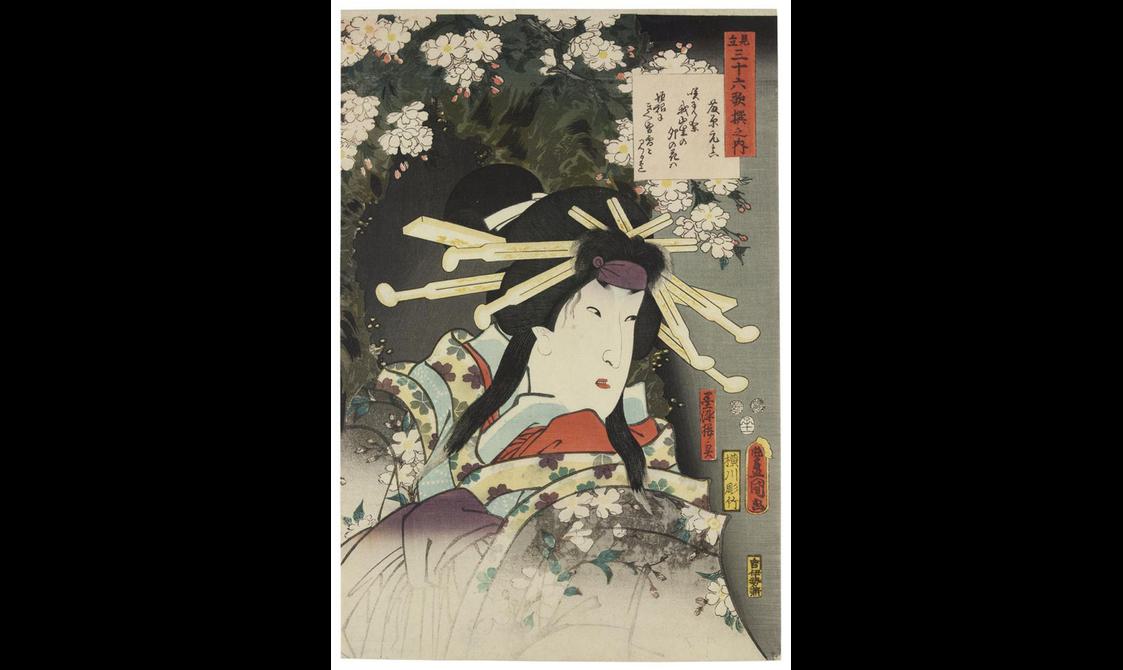
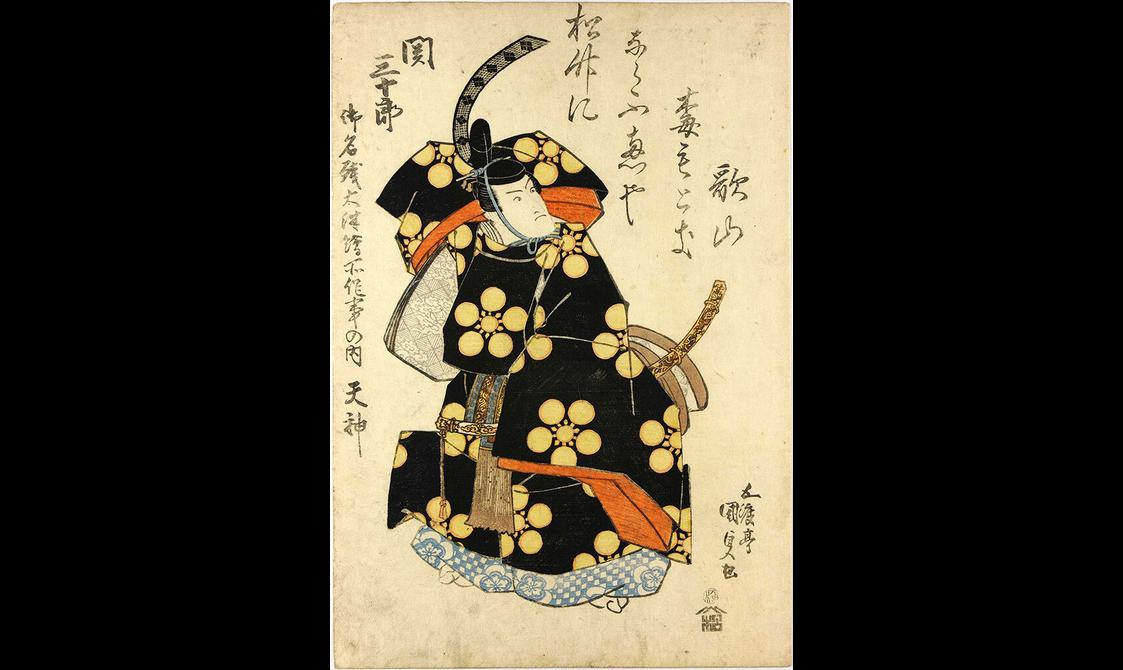
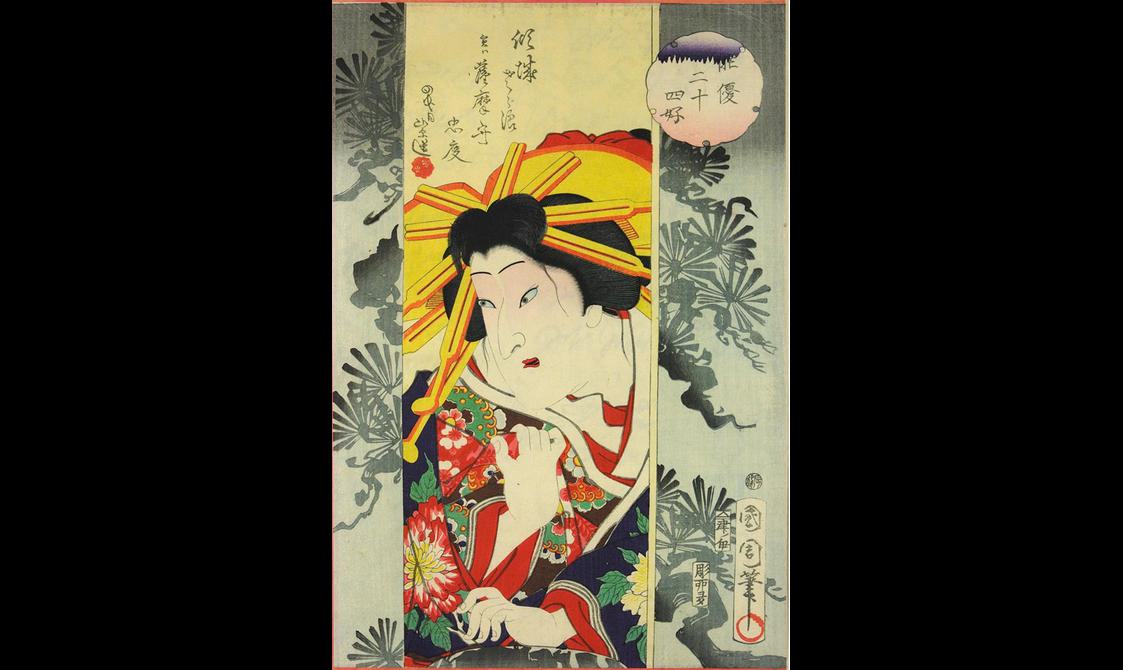
You might also like
- Discover
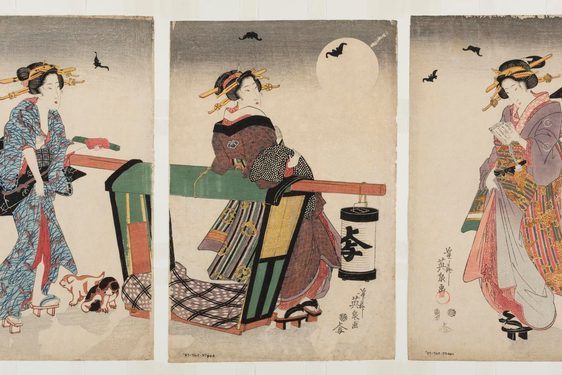
An introduction to our Japanese collection
There are over 12,000 objects in our Japanese collection. Explore highlights and learn about some of the different areas, from tiny netsuke to cutting edge designs.Keep reading - Discover
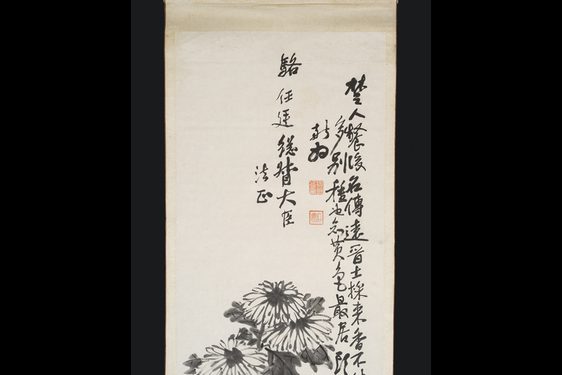
Exploring painting styles of Korean hanging scrolls
In our collection we have six Korean hanging scrolls that all date from the beginning of the 20th century. This was a time of great change that marked the end of the long-running Joseon Dynasty (1392 – 1910) and the beginning of the…Keep reading - Discover
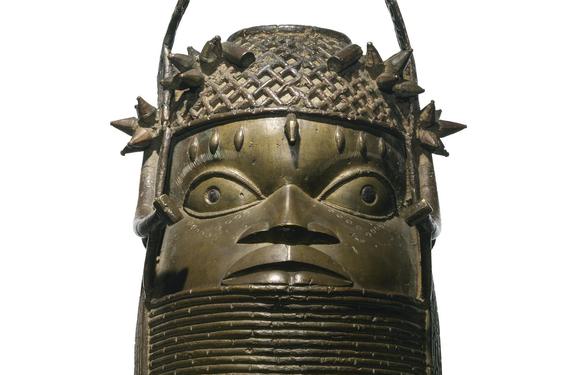
The court arts and history of the Kingdom of Benin
For centuries highly skilled artists and artisans of the Edo Kingdom have produced outstanding artworks. They are of immense cultural value in the royal city of Benin in present day Nigeria.The current Oba, or king, belongs to a dynasty…Keep reading